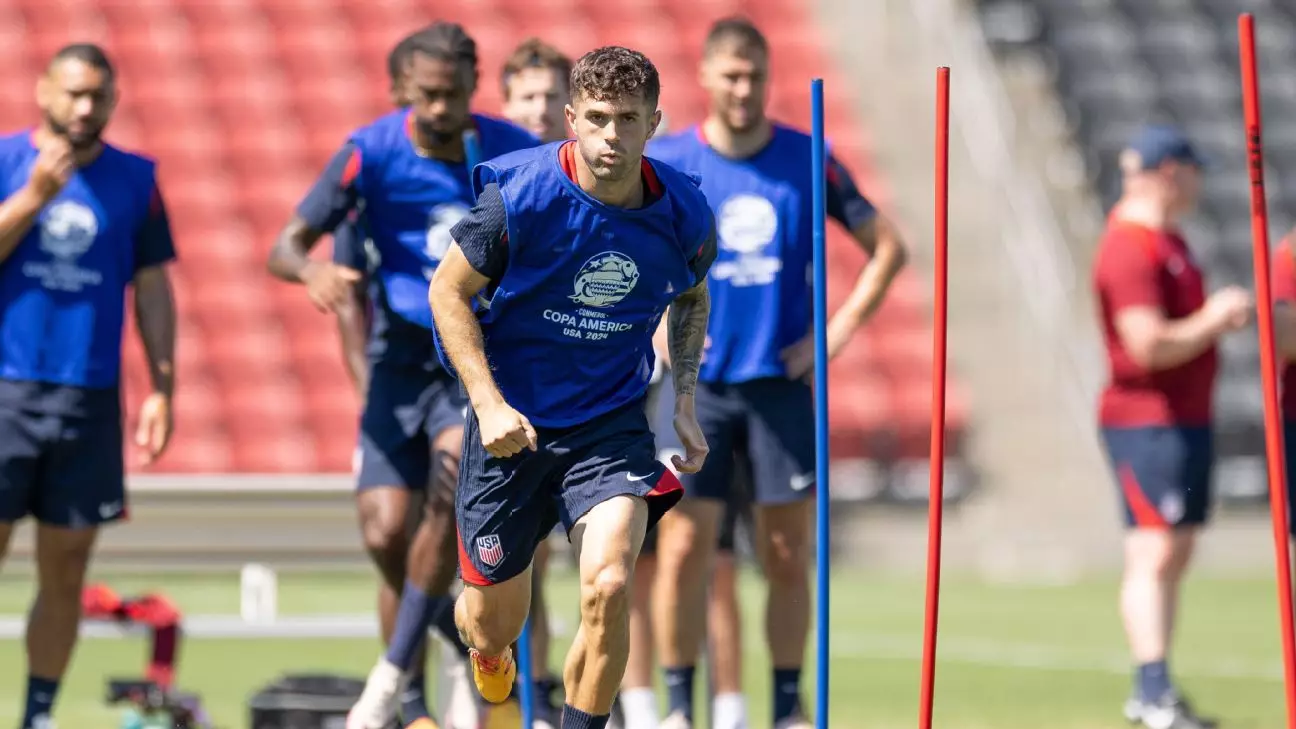Playing soccer in extreme heat and humidity poses serious health risks to athletes, as highlighted by the recent incidents involving an assistant referee and a Uruguay defender during a Copa America match. These conditions can lead to dehydration, heat exhaustion, and even heat stroke, especially in a sport like soccer that lacks built-in breaks for players to rest and recover. Medical experts like Dr. Doug Casa emphasize the importance of proper preparation and vigilance when athletes compete in such challenging weather conditions.
High humidity levels can make it difficult for the body to effectively cool down through sweating, leading to increased risk of heat-related illnesses. Even elite athletes are not immune to the dangers of playing in extreme heat, as it can affect their physical performance, cognitive function, and decision-making abilities on the field. Proper hydration, acclimatization, and strategic game adjustments are essential for players to cope with the adverse effects of humidity during matches.
Teams like the U.S. Men’s National Team must implement proactive measures to help their players deal with the challenges of playing in hot and humid weather. Training in similar conditions, adjusting warm-up routines, incorporating cooling breaks during games, and utilizing cold water immersion techniques can all contribute to keeping players’ core body temperatures down and reducing the risk of heat-related illnesses. It is crucial for teams to prioritize athlete safety and well-being in their preparation for matches under extreme weather conditions.
As international soccer tournaments continue to be held in regions with extreme weather conditions, governing bodies like CONMEBOL and FIFA must address the health and safety concerns of athletes and officials. Greater investment in cooling strategies, rest breaks, and medical monitoring during matches is needed to protect the well-being of those involved in the game. With the upcoming 2026 World Cup on the horizon, it is imperative for organizers to prioritize athlete safety and consider adjustments to the schedule and protocols to minimize the risks associated with playing in extreme heat.

Leave a Reply